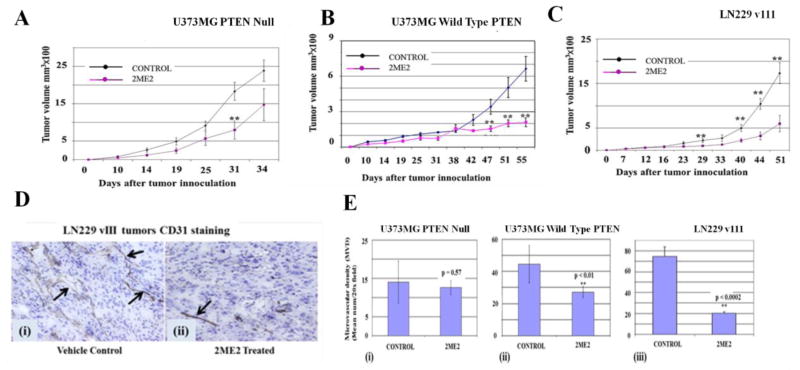Fig. 4. PTEN status influences the antitumor and anti-angiogenic activity of 2ME2.
Equivalent number (5 × 106 cells in 100 μl PBS) of parental U373MG PTEN-null (A), U373MGPTEN-reconstituted (B), or LN229vIII cells (C) were implanted subcutaneously in the right flank of athymic mice. Treatment with 2ME2 or vehicle control was initiated when all mice had tumors ranging in size from 80–100 mm3. The treatment was continued till tumors were harvested. 2ME2 treatment did not significantly reduce the growth rate of tumors in vivo in the PTEN-Null mice while it is effective PTEN-reconstituted U373MG tumors as well as PTEN-Wild type LN229vIII tumors (n=7). (D) CD31 staining showing reduction in microvessels in LN229vIII tumors treated with 2ME2 as compared to vehicle. (E) Bar diagrams show the quantization of CD31-positive microvessels in U373MG PTEN-Null, U373MG-PTEN and LN229vIII tumors. There was no significant difference in MVD with 2ME2 versus control U373-null, panel [i]). MVD decreased in 2ME2 treated mice versus control for PTEN-reconstituted U373MG tumors (panel [ii]) and PTEN-retaining LN229vIII cells (panel [iii]). These data suggest that 2ME2 displays greater antitumor efficacy in GBM lines that have normal PTEN function.

